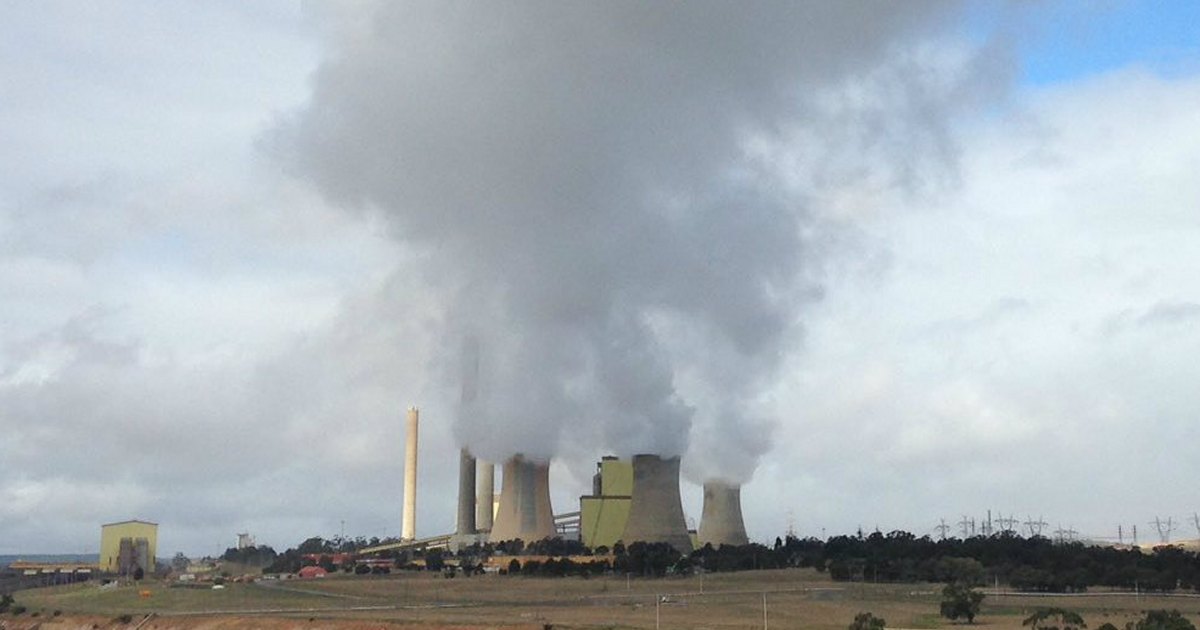
Image: Environmental Justice Australia
Taking decreases in electricity generation into account, there’s been little change to the toxic pollution emissions profile of coal-fired power stations says Environmental Justice Australia.
Last week, EJA published results of its 5-year audit of Australia’s National Pollutant Inventory. Established in 1998, the NPI is managed by Federal, State and Territory Governments, providing information about toxic substance emissions across the nation.
EJA says nationally for the period July 2019 – June 2020, coal-fired power stations remained the dominant source of:
- Fine particle pollution PM2.5 – 24% of the national ‘all sources’ total. PM 2.5 pollution consists of particles small enough to enter the bloodstream via the lungs and damage organs.
- Oxides of nitrogen NOx – 24%. Irritation of eyes, nose, throat and lungs.
- Sulfur dioxide SO2 – 47%. May cause inflammation of the respiratory tract.
- Mercury – 11%. A heavy metal that damages the brain, kidneys, and developing foetus
Compared to 2018/19:
- PM 2.5 – 25%
- Oxides of nitrogen NOx – 25%
- Sulfur dioxide SO2 – 44%
- Mercury – 9%
Compared to 2015/16:
- PM 2.5 – 28.5%
- Oxides of nitrogen NOx – 27%
- Sulfur dioxide SO2 – 46.5%
- Mercury – 13.5%
“In the last five years, at every opportunity, our governments have failed to do anything to make coal-fired power operators reduce toxic air pollution and protect community health,” says EJA’s Max Smith.
Coal Power On Its Way Out, But…
Where governments have failed, the market has stepped in – coal power’s days are numbered in Australia.
For example, last month EnergyAustralia announced Yallourn Power Station will retire in mid-2028 instead of 2032 and it is a major emitter of the substances listed above – according to EJA it’s the second biggest emitter of PM2.5 in the nation. Yallourn became the target of legal action by Environmental Justice Australia lawyers last year.
While coal power is being shown the door it will continue to wreak havoc on its way out – and beyond.
“According to recent peer-reviewed research, in the last five years, approximately 72,500 children have suffered asthma attacks and symptoms, 4250 babies have been born underweight, and 4000 people have died prematurely from exposure to toxic air pollution from coal-fired power stations,” states EJA.
The audit report quotes two GP’s – one from the Hunter Valley and another from Gippsland – who say they see the impacts of coal power on human health each day within their practices.
National Pollutant Inventory Problematic
The NPI is a useful tool, but EJA notes only 93 toxic substances are reported, whereas the USA’s Toxics Release Inventory lists hundreds more. EJA also says figures reported are estimations made by the polluters, “who have an interest in underreporting pollution”, reporting errors are not fixed and queries are not responded to.
The NPI is currently being reviewed – a process kicked off nearly 3 years ago. 374 submissions were received in response to the discussion paper; the vast majority of those from people using a campaign form on the Environmental Justice Australia website.
EJA’s full audit report can be found here.

 RSS - Posts
RSS - Posts



Dont you say in the article that the EJA report is a nonsense created by the polluters and audited by no one? Why bother looking at it? is there any reason to believe any of the figures you have quoted.
Is there any equivqlent process in place in Europe that is more stringent?